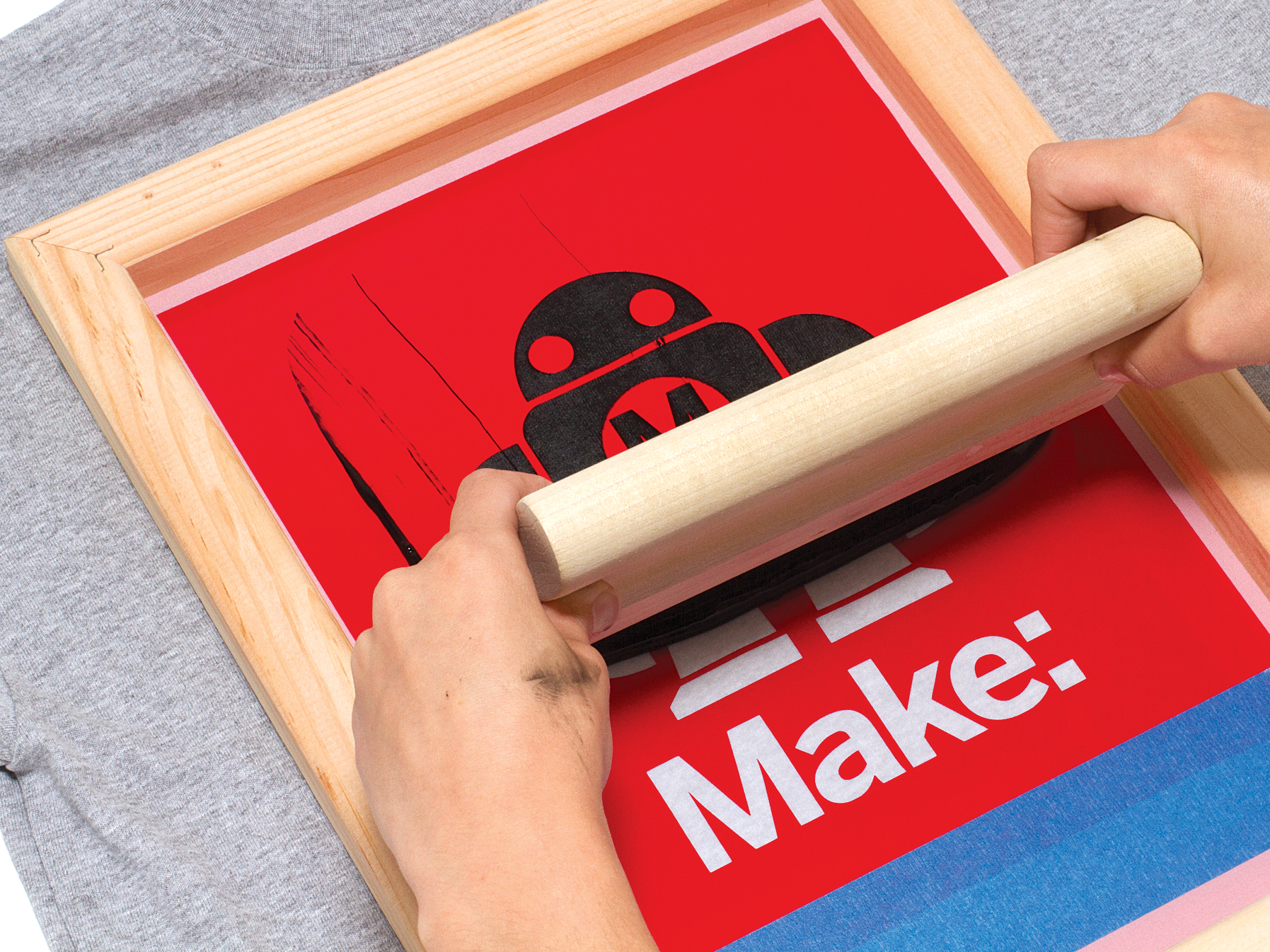The Vital Guide to Recognizing Screen Printing and Its Versatile Utilizes
Screen printing has a rich background that dates back to old times, evolving right into a sophisticated strategy utilized throughout different industries today. This overview explores the ins and outs of the screen printing procedure, outlining its applications in advertising, home, and style style - 10:9 Design Screen Printing. Recognizing these fundamentals can open imaginative potential for both artistic and commercial tasks. The following areas will certainly reveal vital pointers and techniques to improve one's screen printing endeavors
The Background of Screen Printing
Screen printing has origins that trace back centuries, its development reflects the technical and imaginative innovations of numerous societies. Stemming in old China, the strategy was initially utilized for embellishing fabrics and later infect Japan, where it ended up being important to Ukiyo-e woodblock printing. The approach changed to Europe in the 18th century, where it gained popularity among craftsmens and business printers. The invention of photo solution in the 20th century changed screen printing, permitting even more detailed layouts and better effectiveness. Artists like Andy Warhol even more pushed its popularity, using the medium to develop legendary jobs that mixed commercialism and art. By the late 20th century, screen printing had actually developed itself as a flexible technique, used in style, marketing, and art. Today, it proceeds to advance, incorporating digital technology and increasing its applications throughout numerous sectors.
The Screen Printing Process Explained
Screen printing transforms imaginative visions right into tangible layouts with a series of precise actions. An image is developed and then moved onto a screen, normally made of fine mesh material stretched over a structure. A light-sensitive emulsion is related to the screen, which is subjected to light, hardening in locations not covered by the image. After rinsing the unhardened emulsion, a pattern is formed.
Next off, the screen is placed over the substratum, whether it be fabric, paper, or one more product. Ink is then pushed through the open locations of the stencil making use of a squeegee, depositing the layout onto the substrate below. This procedure can be repeated for several shades, requiring different displays for every hue. Lastly, the published item is treated making use of heat to ensure the ink adheres appropriately, resulting in a resilient, vivid design prepared for usage.
Kinds of Screen Printing Techniques

In addition, specialty strategies, such as discharge screen printing, remove color from the material to create softer prints, while aluminum foil screen printing applies metal foil to attain a shiny coating (10:9 Design reviews). Each technique supplies distinct qualities, dealing with different imaginative needs and production ranges, ultimately broadening the opportunities within the screen printing domain
Applications of Screen Printing in Different Industries

Additionally, the signs and advertising and marketing industries make use of screen printing for creating attractive display screens and banners. This method enables vibrant shades and elaborate styles that record interest. In electronic devices, screen printing is utilized for using conductive inks to circuit card, essential for component connections. The home decoration industry accepts screen printing to create unique styles on textiles and wall art. Generally, screen printing offers as a critical tool across diverse areas, enhancing products with personalized and visually appealing graphics.
Tips for Successful Screen Printing Projects
While carrying out a screen printing job, cautious attention to detail can considerably enhance the last end result. Initially, selecting top quality materials is important; this includes the screen, inks, and substrates. Making use of proper mesh matters can impact ink deposition and detail resolution. Preparation is equally important; thorough cleansing of displays and appropriate exposure times assure crisp prints.
Next off, exact enrollment is important for multi-color Clicking Here prints. Using alignment devices can aid accomplish precise layering. In addition, screening prints on scrap materials prior to manufacturing aids determine possible concerns without squandering sources.

Often Asked Concerns
What Materials Are Ideal for Screen Printing on Material?
Cotton and polyester blends are optimal for screen printing on textile as a result of their sturdiness and ink absorption. In addition, specialized materials like silk or canvas can generate one-of-a-kind structures and coatings, improving the total design quality.
Exactly how Do I Tidy and Maintain Screen Printing Devices?
To maintain and clean up screen printing equipment, one need to consistently wash screens with suitable solvents, inspect squeegees for wear, oil moving parts, and shop all things in a completely dry, dust-free atmosphere to extend their life-span.
What Are the Environmental Effects of Screen Printing?
Screen printing can have considerable ecological effects, including chemical waste from inks and solvents, water usage throughout cleansing processes, and energy consumption. Lasting methods and green materials are necessary for lessening these adverse impacts.
Can Screen Printing Be Done at Home Efficiently?
Screen printing can be properly done at home with the ideal materials and strategies. Hobbyists can develop high quality prints, though success relies on their skill degree, equipment, and understanding of the procedure included.
What Are the Prices Related To Beginning a Screen Printing Service?

Beginning a screen printing business involves expenses for devices, products, and work space. Initial costs normally range from a few hundred to a number of thousand bucks, relying on the range, quality of machinery, and desired production ability.
Screen printing has a rich background that dates back to old times, advancing right into a sophisticated technique used across numerous industries today. One more technique, rotating screen printing, utilizes round screens, facilitating visit our website constant printing on fabric rolls, therefore boosting efficiency for massive productions. Additionally, specialty strategies, such as discharge screen printing, get rid of color from the material to produce softer prints, while foil screen printing applies metal aluminum foil to achieve a shiny coating. In the style field, screen printing is commonly utilized to create vibrant designs on apparel, allowing brand names to display their special styles. Cotton and polyester blends are optimal for screen printing on material due to their resilience and ink absorption.